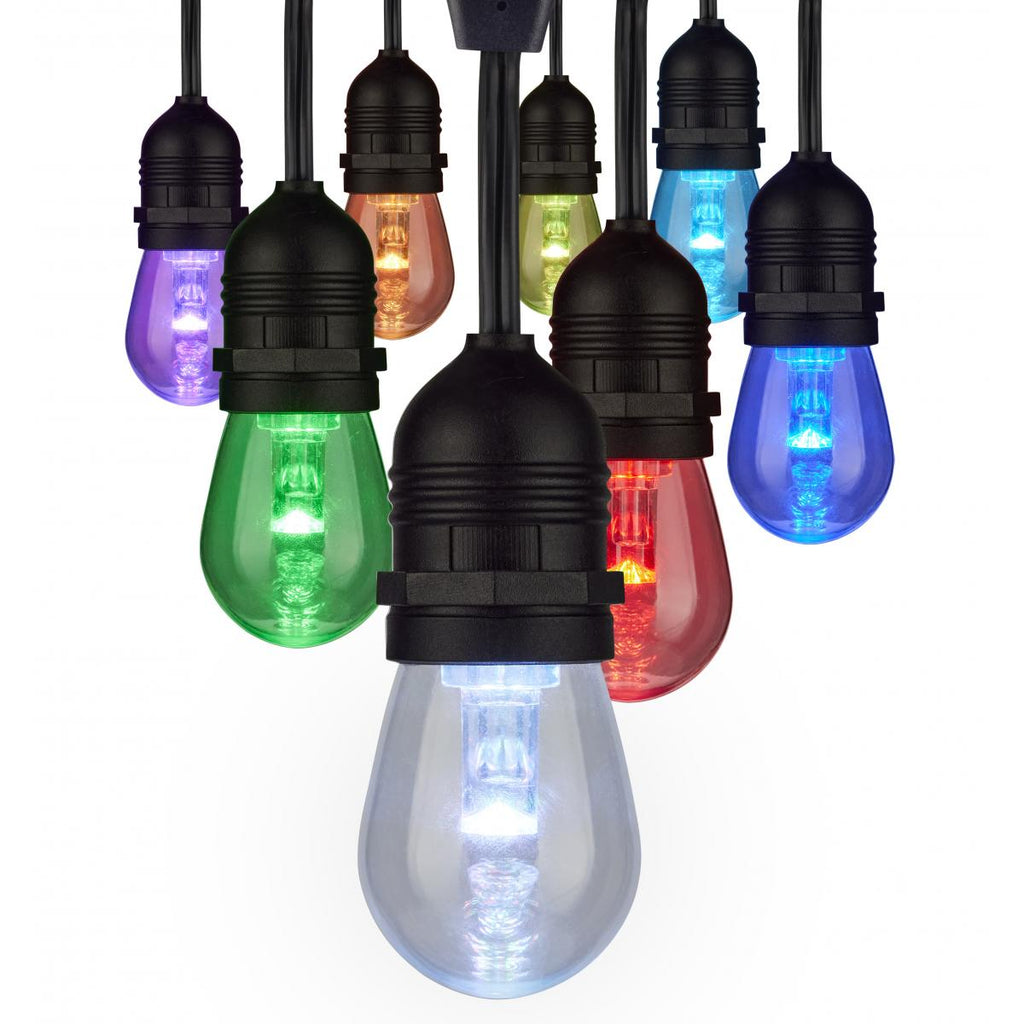In the gentle embrace of twilight, string lights twinkle like captured stars, casting a warm glow over patios, gardens, and cozy living spaces. Yet, as with all things illuminated, these enchanting strands can falter, dimming the ambiance they once so effortlessly created. Fear not, for restoring their brilliance need not be a daunting task. This guide, titled “Lighting Revival,” equips you with simple remedies to resurrect your string lights, ensuring their twinkling charm endures.
Understanding the Common Culprits
Before diving into repairs, it’s crucial to identify the usual suspects behind a string light’s demise. The most frequent issues stem from faulty bulbs, damaged wiring, or malfunctioning fuses. By pinpointing the root cause, you’re one step closer to restoring your lights’ vitality.
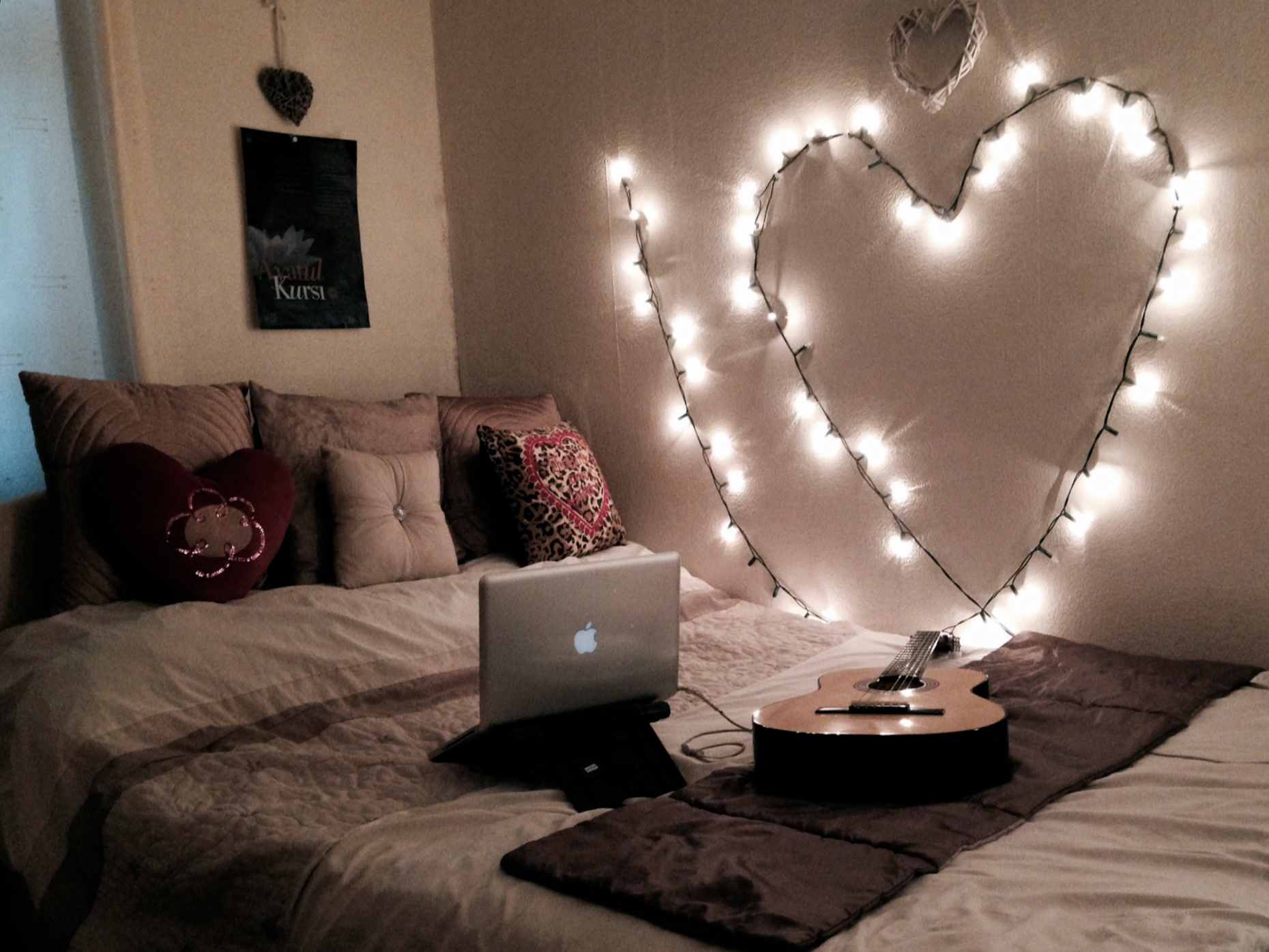
The Bulb Basics: A Simple Swap
Testing and Replacement A single burned-out bulb can disrupt the entire circuit in series-connected strings. Begin by inspecting each bulb for any visible damage or darkened filament. Utilize a bulb tester or a known working bulb to isolate defective ones. Once spotted, carefully replace them with identical bulbs, ensuring the correct voltage and fitting. This straightforward solution often revives an entire strand back to life.
Bypassing the Bulb with Shunts Modern LED string lights often incorporate shunt technology, allowing the current to bypass a faulty bulb without affecting others. If you have this type, simply replacing the bad bulb should reactivate the string.
Wiring Woes: Tracing and Mending
Inspecting for Damage Exposed or frayed wiring is a common issue, particularly after outdoor exposure to the elements. Thoroughly examine the length of the string, paying close attention to areas near connectors and bulbs. Any signs of damage necessitate careful repair or replacement to prevent short circuits and ensure safety.
Repairing Frays and Breaks For minor nicks, apply electrical tape to cover the exposed wire, securing it tightly. More severe breaks require cutting out the damaged section and splicing the wires using wire nuts or soldering, followed by insulation. Remember, safety first – always disconnect power before attempting repairs.
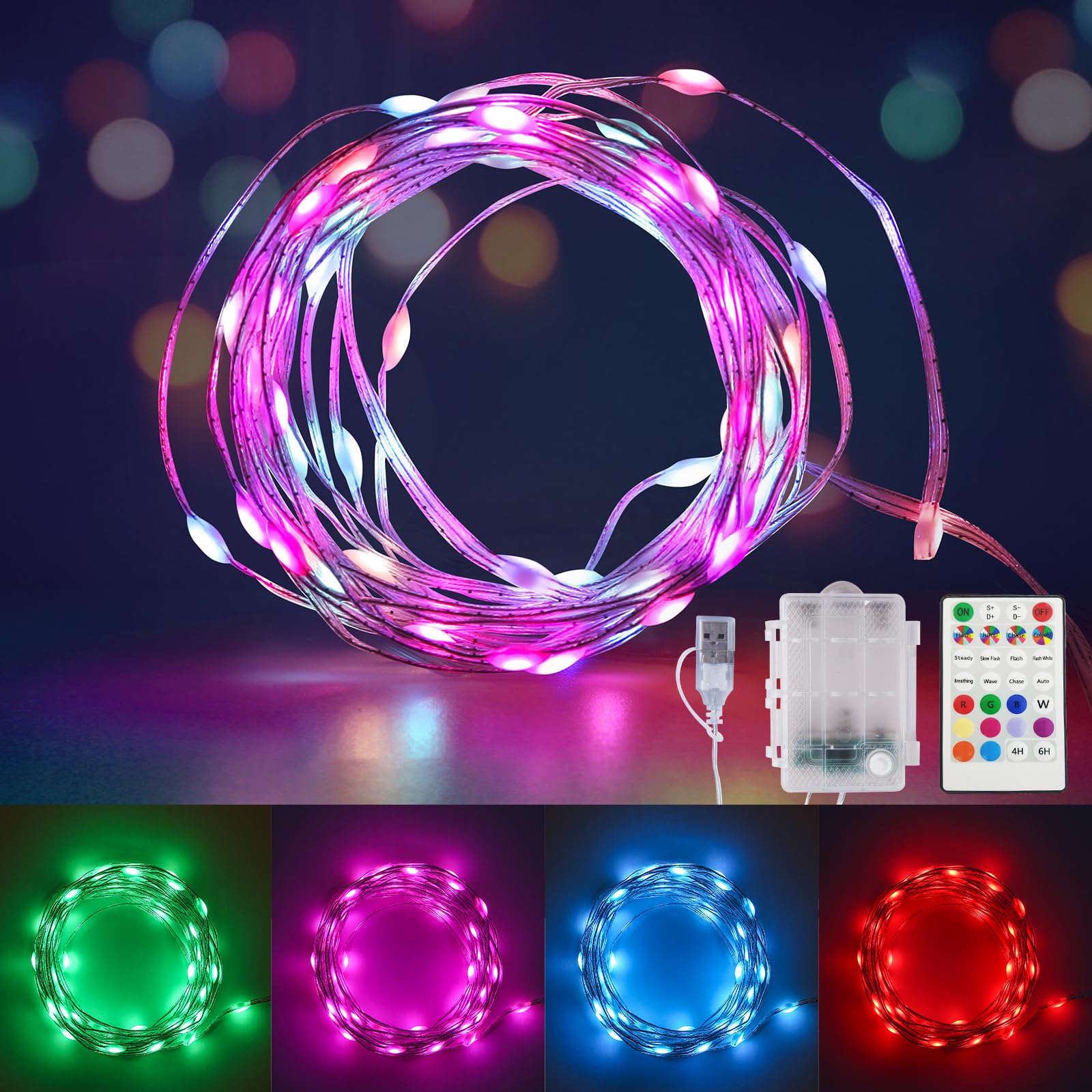
Fuse Frustrations: Finding and Fixing
Locating the Fuse Many string lights come equipped with a protective fuse to guard against electrical surges. If your lights fail to illuminate despite all bulbs appearing fine, check the fuse box, usually located near the plug. Use a multimeter to test the fuse; a blown fuse will show no continuity.
Replacing the Fuse Once identified as faulty, replacing the fuse is a straightforward process. Ensure you use a fuse of the exact amperage specified by the manufacturer. Installing a fuse with a higher rating can be dangerous and potentially damage your lights.
Advanced Tactics: Diagnosing Complex Issues
Sectional Troubleshooting For larger strings divided into sections, isolating the problematic area becomes key. Disconnect each section and test individually to pinpoint where the fault lies. This targeted approach saves time and effort in the repair process.
Voltage and Compatibility Checks Sometimes, issues arise due to incorrect voltage supply or incompatible bulbs. Verify that your power source matches the string light’s voltage requirements. Mixing bulb types or wattages can also lead to uneven lighting or premature failure.
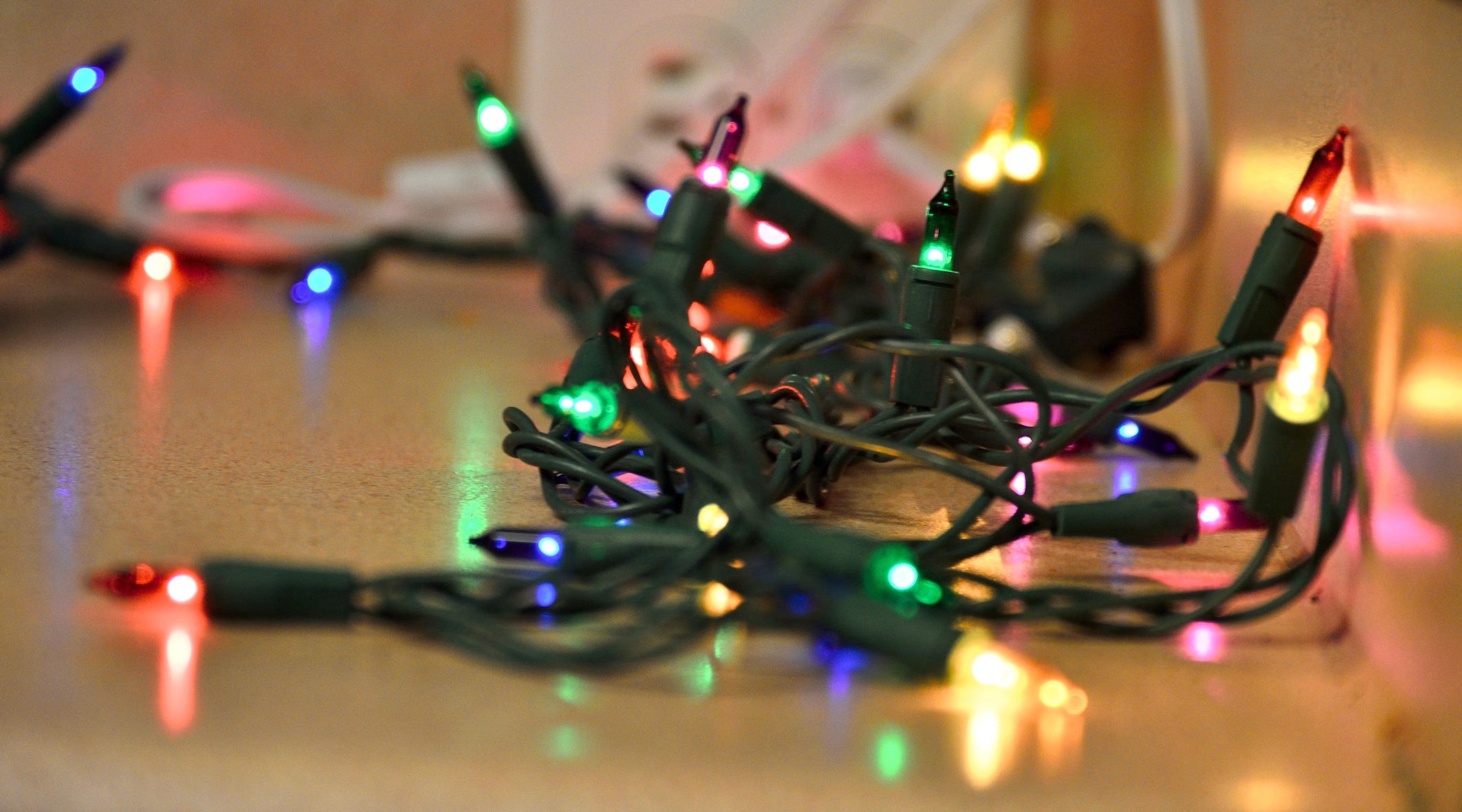
Weatherproofing for Durability
Preventing Future Failures To prolong the lifespan of your revived string lights, invest in weather-resistant covers for outdoor setups, especially at connection points. Regularly cleaning and storing them properly during harsh weather conditions can significantly reduce wear and tear.
Embracing Smart Solutions Consider upgrading to smart string lights that offer self-diagnostic features and remote control capabilities. These advanced systems can alert you to potential issues before they escalate, enhancing efficiency and convenience.
Emphasizing Safety Measures
Safety is paramount when dealing with electrical repairs, especially when working with string lights. Always ensure you are using appropriate safety gear such as insulated gloves and safety goggles. When handling electrical components, make sure to work on a non-conductive surface and avoid touching exposed wires with bare hands. It’s crucial to disconnect the power source before starting any repair work to minimize the risk of electric shock. Additionally, if you feel uncomfortable or unsure about any repair steps, it’s advisable to consult a professional electrician rather than risking personal injury or further damage to the lights.
Maintaining Your String Lights for Optimal Performance
Regular maintenance is key to preventing future issues and prolonging the lifespan of your string lights. Develop a routine of visually inspecting your lights before and after each use, looking out for signs of wear, such as cracked casings, frayed wires, or loose connections. Keep the bulbs and fixtures clean using a soft, dry cloth to remove dust and debris which can affect their performance over time. For outdoor lights, consider investing in UV-resistant and waterproof covers to shield them from the sun and rain when not in use.

Enhancing Your Lighting Experience with Creative Placement
Beyond repairs and maintenance, thoughtful placement can elevate the ambiance created by your string lights. Experiment with draping them across pergolas, wrapping around tree trunks, or outlining architectural features. Layering different lengths and styles can add depth and interest to your outdoor or indoor spaces. Consider incorporating timers or dimmers to automatically switch your lights on and off or adjust their brightness according to your desired mood or event.
Incorporating Sustainable Practices
As technology advances, there’s a growing shift towards energy-efficient and eco-friendly lighting solutions. LED string lights consume significantly less energy compared to traditional incandescent bulbs, reducing your carbon footprint and electricity bills in the long run. When replacing bulbs or upgrading your string lights, opt for energy-star certified products that offer both environmental benefits and cost savings. Moreover, disposing of old bulbs and lighting equipment responsibly, by recycling where possible, contributes to sustainable practices and reduces environmental impact.
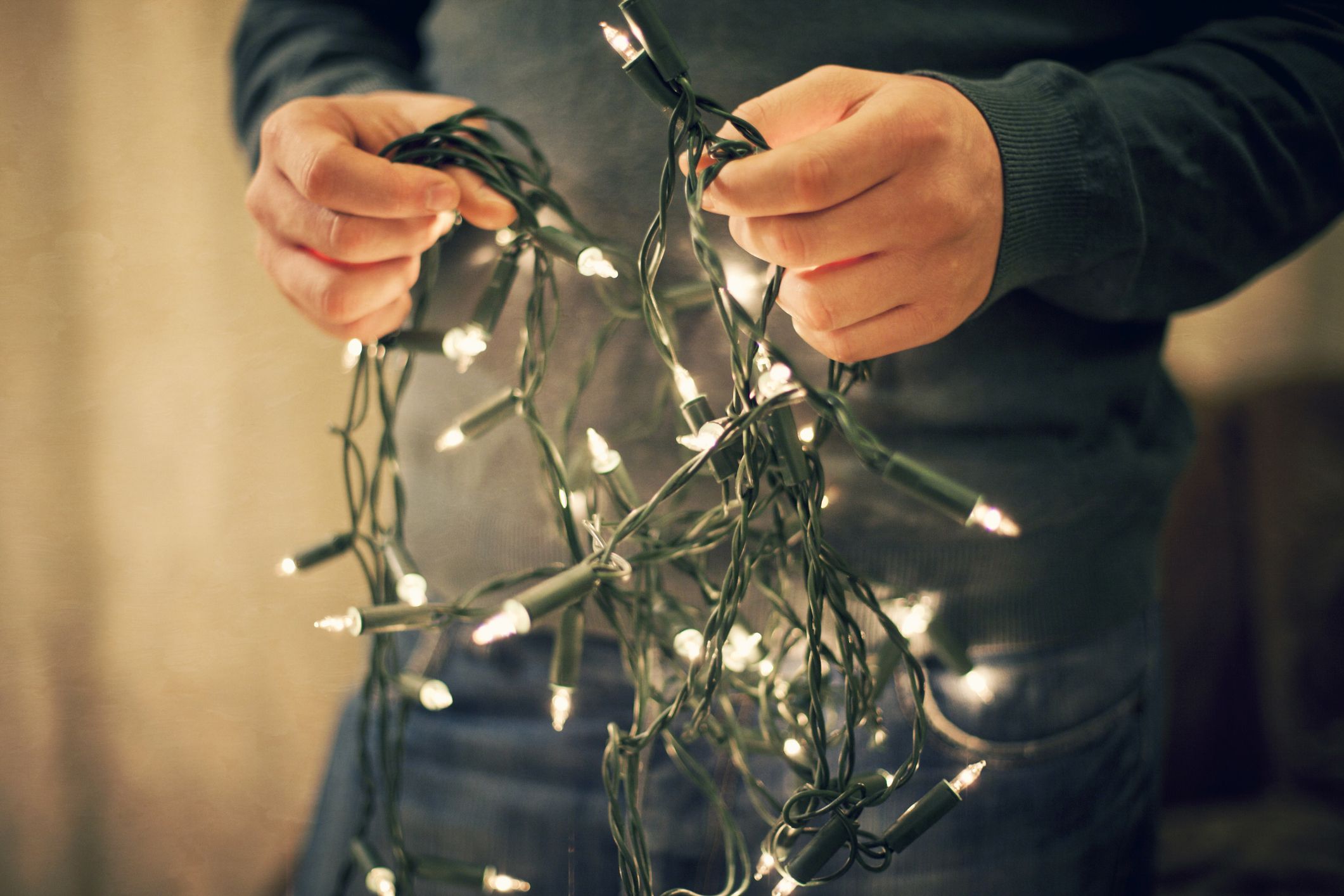
Conclusion: Illuminating the Path to Revival
Restoring string lights to their former glory doesn’t have to be an arduous journey. With a little patience, basic tools, and the guidance outlined above, even the dimmest of strings can regain their brilliance. Whether it’s a simple bulb swap or a more intricate wiring repair, remember that the joy of seeing those twinkling lights come alive again is well worth the effort. So, embark on your lighting revival mission and let the glow of your rejuvenated strings brighten up your world once more.
